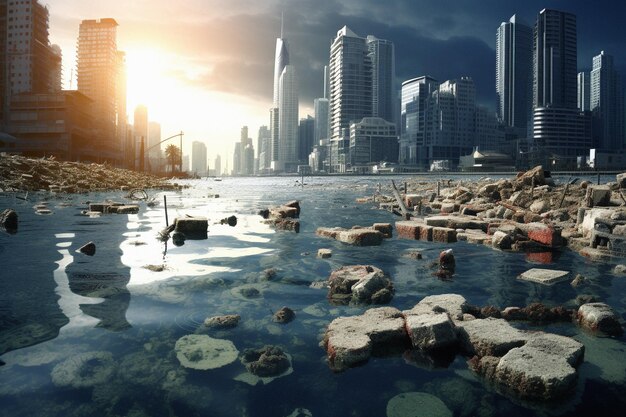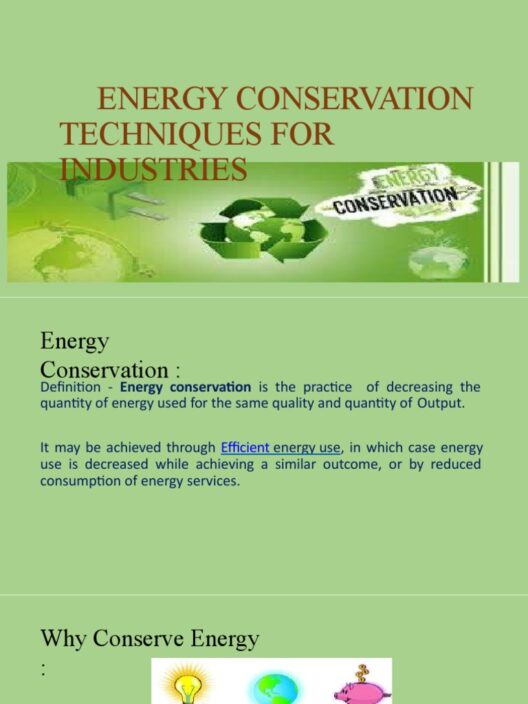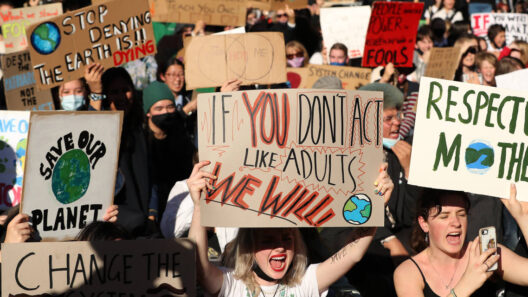The complex interplay of human behavior and climate is akin to a symphony. Each action plays a note, forming a cacophony that can escalate into discordant storms. The impact of our reliance on fossil fuels, deforestation, and industrialization echoes throughout ecosystems, influencing weather patterns and biological diversity. What began as a whisper of smoke from a single chimney has crescendoed into the roar of destructive hurricanes and unparalleled droughts. This exploration delineates the mechanisms behind how human activities trigger climate disasters, transforming quaint environmental whispers into catastrophic storms.
During the Industrial Revolution, the world embraced the promise of progress. Factories rose like giants from the earth, shrouded in plumes of black smoke. This prelude to modernity was the inception of anthropogenic climate change. The burning of fossil fuels released copious amounts of carbon dioxide and other greenhouse gases into the atmosphere. These gases act as a blanket, trapping heat and transforming our planet into a veritable oven. The metaphor of smoke signifies more than mere pollution; it embodies our ignorance of the impending storms brewing from our negligence.
As the mercury on thermometers climbs, the oceans respond. They too partake in this ominous dance; absorbing around a third of human-caused carbon dioxide. This phenomenon not only acidifies marine environments but also alters currents and weather systems. Like a pot of water heated to its boiling point, the ocean’s surface temperature rises, leading to the intensification of storms. The waters become a monstrous cauldron, capable of spawning hurricanes and typhoons that wreak havoc on coastal communities, rendering previously serene shores into battlegrounds.
Deforestation is another key player in this tragic orchestra. The act of clearing forests for agriculture or urban development strains our already fragile atmospheric balance. Trees act as carbon sinks, absorbing carbon dioxide and releasing oxygen. When they succumb to the axe, not only do we lose these vital resources, but the carbon that was once sequestered is released back into the atmosphere. The metaphor of a symphony’s conductor falls short here; rather, it is as if we are dismantling the very instruments that create harmony in our environment. Together with the loss of biodiversity, this creates a fragile ecosystem, more susceptible to invasive species and diseases.
Yet, it is not merely deforestation that contributes to the orchestration of climatic disturbances; agriculture plays a poignant role as well. Industrial farming practices, characterized by monocultures and excessive fertilizer use, have exacerbated nutrient runoff into waterways. These fertilizers create algal blooms, suffocating aquatic ecosystems and releasing toxins that further degrade quality of life. Additionally, land degradation from overgrazing and soil erosion reduces the Earth’s capacity to absorb water, transforming once-fertile landscapes into deserts. This transition is nothing short of catastrophic—a poignant reminder of how the pursuit of convenience can lead to desolation.
Moreover, the phenomenon of urban heat islands exemplifies the interplay between human endeavors and climate alteration. As cities expand, concrete and asphalt replace vegetation. This transmutation generates elevated temperatures, exacerbating heat waves. Urban dwellers, once shielded by the cool embrace of trees, now endure the sweltering embrace of urbanization. Weather anomalies begin to ripple outward from these hot spots, contributing to more extreme weather across broader regions. This change serves as a harbinger for the storms to come, with excessive heat fueling not only increased energy demands but also the volatility of our climate.
Furthermore, the implications of climate change reverberate across the globe. Developing nations often bear the brunt of climate disasters, despite contributing least to the problem. The metaphor of a boat capsizing is particularly illustrative here; while industrialized nations have been sailing smoothly, those at the lower end of the economic spectrum find themselves drowning, despite merely being passengers on this voyage. The erosion of social structures as communities grapple with displacement and resource scarcity leads to further conflict and humanitarian crises.
In light of these truths, it is imperative to engage in sustainable practices that mitigate humanity’s impact on the climate. Transitioning to renewable energy sources such as solar, wind, and hydroelectric power substitutes coal and oil with cleaner alternatives. These actions exemplify a collective shift away from the smoke that has long plagued our skies. Additionally, reforestation and sustainable land management practices not only restore ecosystems but also cultivate a sense of stewardship reminiscent of our ancestors, who recognized their innate connection to the Earth.
The urgent necessity for societal change cannot be overstated. Collective responsibility lies within our grasp, as every individual action fosters a ripple effect. By investing in education, promoting conservation, and advocating for policy change, we can transform the symphony of discord into one of harmony. It is time to harmonize our actions with that of nature, to tune our instruments to the frequencies of sustainability, and to embrace the serenity rather than the chaos of climate balance.
As we reflect upon the symphony of human existence in relation to climate disaster, it is vital to recognize the melodies we spin. From the smoke of our past actions to the storms currently at our doorstep, the path forward beckons us to compose a new score. It is one that champions sustainability, connection, and resilience—a timeless rhythm echoing through generations to come. The storms will continue, but by modifying our approach, we can stave off future disasters, creating a legacy of which we can be proud.








